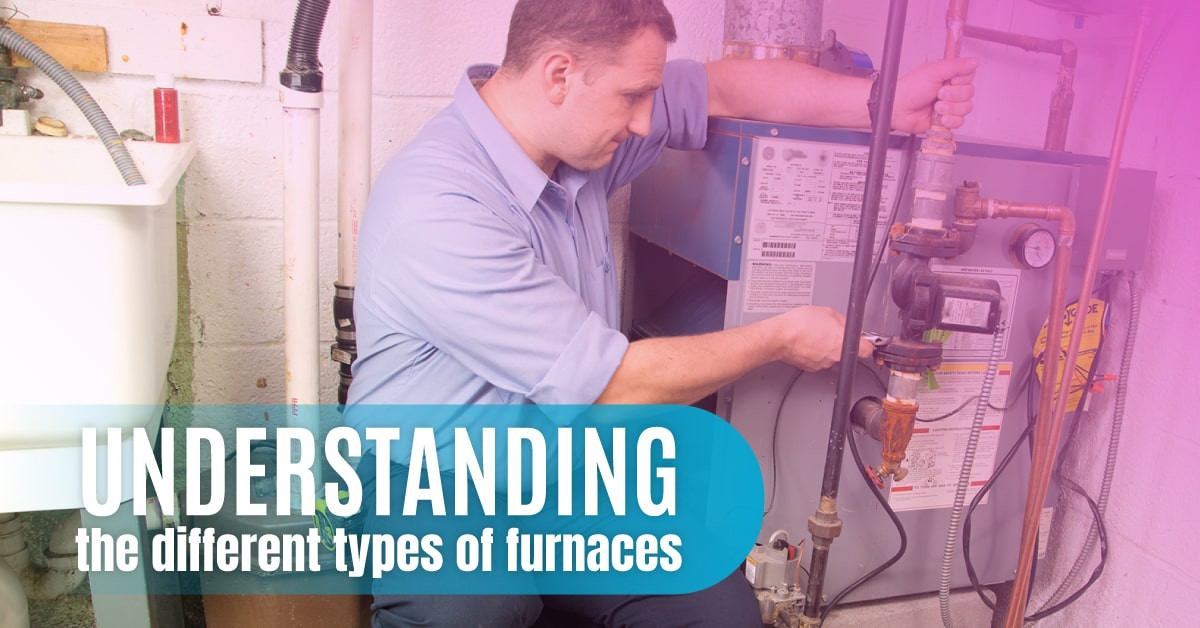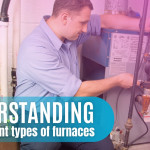Understanding the Different Types of Furnaces
Not all furnaces are created equal. In fact, there are several different types of furnaces that you might encounter when shopping for a new heating system. Knowing the difference between these types of furnaces can help you choose the best option for your home.
We recently wrote a post on understanding different types of furnaces to help our customers/patients/clients learn more about different types of furnaces available in the market. Some of the topics that were covered were what is furnace all about and different furnaces such as electric, gas, propane, and oil furnaces.
What are Furnaces?
A furnace is a heating device that heats up the air and circulates it around a building or home. They come in many different shapes and sizes, but all furnaces work on the same principle: they use fuel to generate heat that is then distributed through the ductwork to the various parts of the building.
They are typically installed in the basement or crawlspace of a home. Furnaces can also be used for water heating and space heating.
Types of Furnaces
There are four main types of furnaces. Each type has its own advantages and disadvantages, so it’s important to know which is best for your home.
Electricity Furnaces
Electricity furnaces are the most popular furnace and work by using electricity to heat a metal coil. This coil then transfers the heat to the air in your home. Electricity furnaces are very safe, easy to maintain, and controlled with a thermostat.
Electricity furnaces are usually more expensive to install, but they tend to be more energy-efficient than other types of furnaces. Electricity furnaces don't produce any emissions, so they are an excellent choice for those who are looking for an environmentally friendly option.
Natural Gas Furnaces
One of the most popular furnace types is the natural gas furnace. A natural gas furnace is a heating system that uses natural gas to produce heat. The gas is ignited, and the heat is used to warm up the air in your home.
Natural gas furnaces are efficient and affordable, and they can be used in both new construction and retrofit applications. They typically produce low levels of emissions. However, gas furnaces can be dangerous if not installed and maintained properly.
Propane Furnaces
A propane furnace is a heating system that uses propane gas as fuel. A propane furnace has a burner that heats the gas then heats the air in the furnace. The heated air is then circulated through the ducts in the home or building to provide heating.
Propane furnaces are more efficient than oil furnaces, and they emit fewer pollutants. In addition, propane furnaces are relatively affordable to operate, and they produce very little noise.
Oil Furnaces
Oil furnaces are the most popular type of furnace. They work by burning oil to create heat, which is then circulated through the home. One of the benefits of oil furnaces is that they are very efficient, meaning they can heat your home quickly and save you money on your energy bills.
Oil furnaces are relatively affordable to install and maintain, and they can be used to heat large or small homes. They also have a longer lifespan than other types of furnaces.
No matter what type of furnace you choose, it’s important to have it installed by a qualified professional. If you need help finding the perfect furnace for your home, don’t hesitate to call one of our experts. We can help you find the right size and type of furnace for your needs.
To learn more about different types of furnaces make sure to follow us on social media and check out our blog at https://lynnswinnipeg.ca/blog/ where we talk about emergency furnace repair, furnaces: bigger isn't always better, why you need annual furnace repair, and why you should know about your home furnace.































